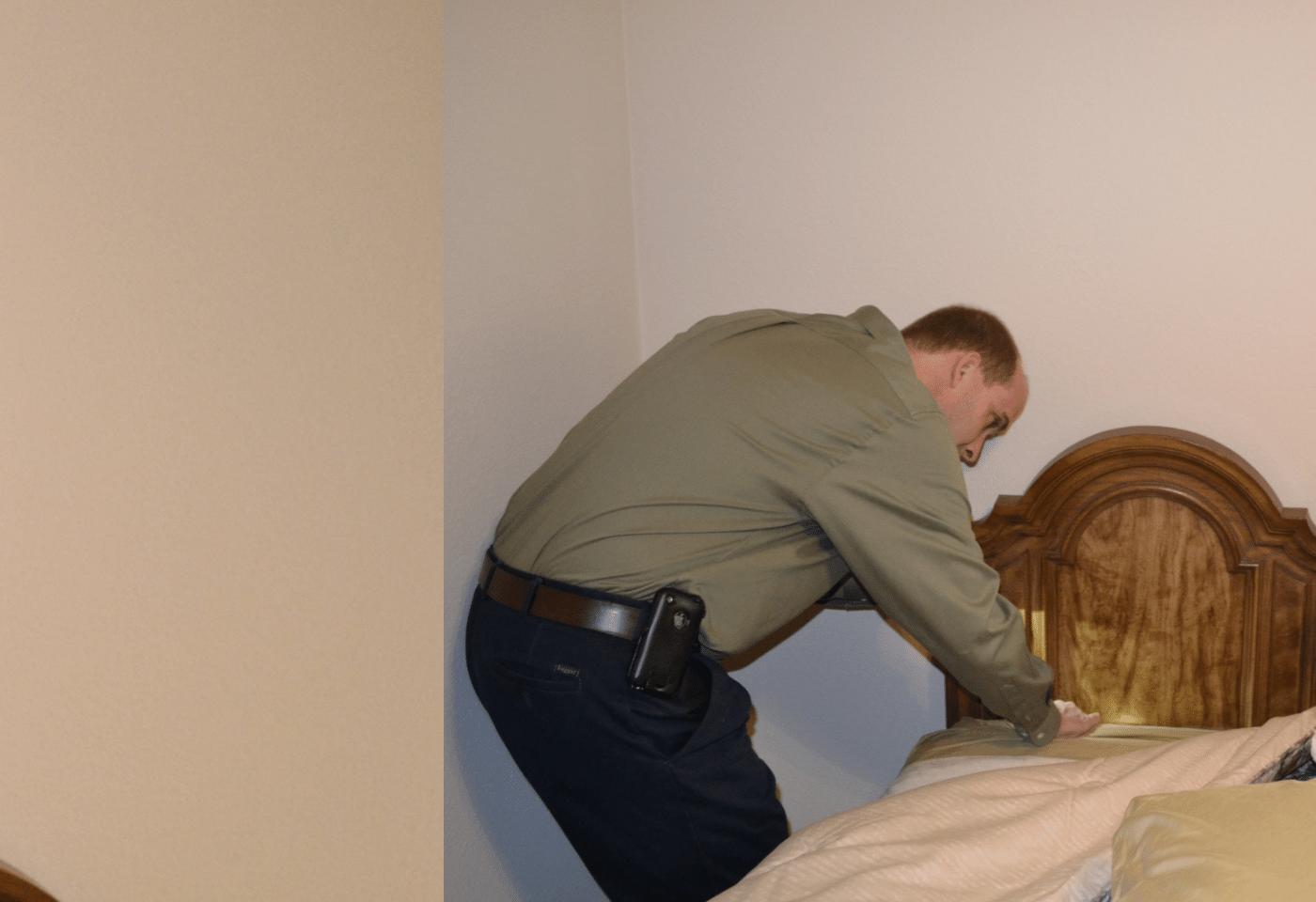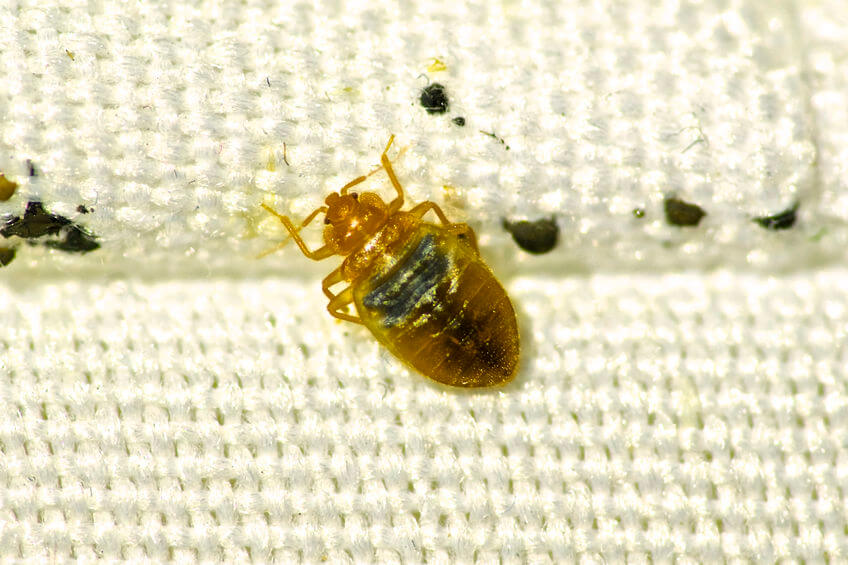A1 Bed Bug Exterminator Houston: Quick Removal Solutions
A1 Bed Bug Exterminator Houston: Quick Removal Solutions
Blog Article
Recognizing the Lifecycle of Insects for Targeted Control Techniques
Comprehending the lifecycle of insects is an essential element of efficient insect administration methods. With a much deeper understanding of how pests evolve and grow, customized control techniques can be made to deal with certain points in their lifecycle, eventually leading to even more successful insect monitoring results.
Relevance of Understanding Bug Lifecycle
Understanding the lifecycle of pests is essential for establishing reliable and targeted control strategies in insect monitoring. By understanding the different stages an insect undergoes from egg to adult, parasite control professionals can determine weak spots in the lifecycle where treatment can be most successful. For example, understanding when larvae are most active can aid identify the optimum timing for applying larvicides. Furthermore, recognizing the lifespan of an insect types can aid in forecasting populace growth patterns and prospective problem dangers.
In addition, recognizing the particular ecological problems required for each and every stage of the bug's lifecycle can assist choices on habitat modification or exclusion techniques to interfere with the lifecycle and reduce insect populations. This expertise makes it possible for pest monitoring experts to execute positive measures instead of counting exclusively on responsive treatments, causing even more long-term and lasting parasite control remedies. Eventually, a comprehensive understanding of insect lifecycles equips insect control practitioners to tailor their strategies properly, lessening environmental impacts and optimizing control end results.
Secret Phases in Insect Growth
To properly implement targeted control methods in parasite management, a vital facet lies in thoroughly determining and recognizing the essential stages in parasite growth. Pest growth normally includes several essential phases that are important for their lifecycle and monitoring. The initial stage is the egg phase, where parasites lay eggs that later hatch out right into larvae. Larvae after that proceed right into pupae, a phase where they undertake metamorphosis before becoming adult parasites. Understanding these stages is crucial as it helps in pinpointing weak spots in the lifecycle where control procedures can be most reliable.

Vulnerabilities in Bug Lifecycle
Throughout the different phases of an insect's lifecycle, unique susceptabilities arise that can be tactically targeted for efficient control actions (A1 bed bug extermination houston). One critical susceptability exists in the egg stage, where pests are often more vulnerable to specific insecticides or biological control representatives due to their soft external shell, making them much easier targets for intervention. Comprehending these vulnerabilities in the pest lifecycle is important for establishing effective and exact control approaches that properly take care of parasite populaces while minimizing environmental influence.
Applying Targeted Control Steps

Carrying out targeted control measures commonly includes a multi-faceted approach. This might include environment adjustment to make the setting much less congenial to pests, such as removing standing water for insect control or sealing entry factors for rodents. In addition, organic control approaches can be used, where all-natural predators or pathogens are presented to keep insect populations in check.
Integrated Pest Management (IPM) techniques that integrate different control actions in a coordinated and sustainable way are usually the most effective in achieving long-term parasite management goals. By executing targeted control procedures based on a thorough understanding of pest lifecycles, pest click resources populaces can be effectively Visit This Link controlled while minimizing risks to human health and wellness and the atmosphere.
Improved Bug Administration Practices

Moreover, the incorporation of organic control agents, such as all-natural predators or virus of pests, can help in reducing dependence on chemical pesticides and promote a much more well balanced ecological community. Applying physical barriers and traps can also belong to improved parasite administration methods, supplying non-toxic and targeted services for insect control. In addition, the usage of pheromones and other semiochemicals can interrupt pest breeding patterns and interaction, leading to lowered bug populaces over time.
Conclusion
By identifying crucial phases in parasite growth and vulnerabilities in their lifecycle, targeted control measures can be executed to lessen insect populaces. Boosted insect monitoring methods can assist decrease the dependence on broad-spectrum chemicals and promote even more sustainable and environmentally pleasant pest control approaches.
Comprehending the lifecycle of pests is essential for creating efficient and targeted control approaches in bug management. By understanding the various phases an insect goes through from egg to adult, bug control professionals can recognize susceptible factors in the lifecycle where intervention can be most effective. Ultimately, a thorough understanding of bug lifecycles empowers bug control practitioners to tailor their techniques properly, lessening ecological impacts and taking look at here full advantage of control results.
By applying targeted control measures based on a complete understanding of pest lifecycles, insect populaces can be properly controlled while lessening threats to human health and the atmosphere.
By recognizing key stages in parasite development and vulnerabilities in their lifecycle, targeted control procedures can be implemented to reduce bug populaces.
Report this page